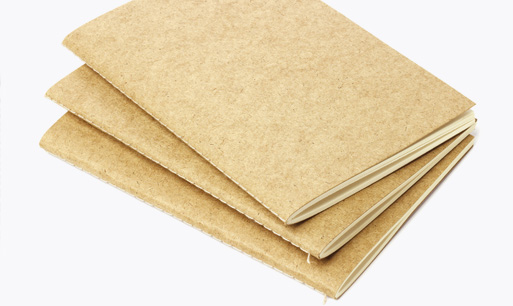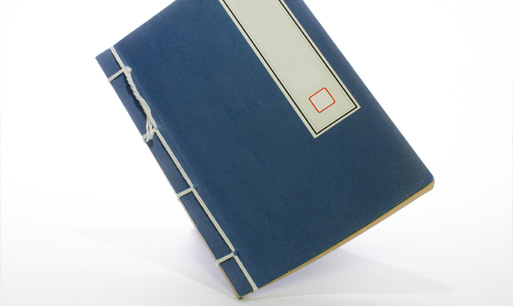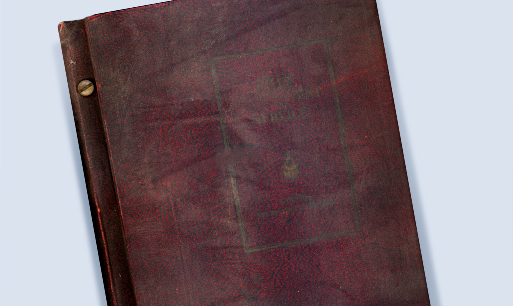Bookbinding Methods:
Craft
When humankind began binding books sometime in the 5th century, the process was something of an art form. Wealthy Europeans had their books encased in treasure binding; the Song dynasty had “butterfly binding”; and Thai manuscripts were covered in lacquered, intricately carved bamboo boards that were often embellished with gold leaf or mother-of-pearl.
As time went on and book production was mechanized, bookbinders also standardized their processes. Still, between hand binding done by craftsmen in their shops and commercial binding done by machines in factories, today’s bookbinding methods continue to vary in many ways. Here are some of the craft bookbinding methods.
Pamphlet stitch

The pamphlet stitch is simple enough to be favored by DIY bookbinders. The fold of the signature is pierced with 3-5 holes, and then any durable type of thread is sewn from the middle holes to the outer holes and back to the middle then tied in a knot. This method is best suited for thin publications like zines and chapbooks.
Coptic stitch

This method is named after one of the oldest Christian groups in the Middle East. The Copts bound their books by connecting signatures together in multiple chain stitches that run perpendicular to the spine. Apart from allowing the book to lay completely flat when opened, the method also owes its appeal to the visibility of the stitch, and is strong enough for the likes of encyclopedias and illustration books with heavy paper.
Stab/Japanese stitch

Similar to the Coptic stitch, the stab or Japanese stitch is meant to be visible. But this time-consuming method does not require the sheets to be folded; individual sheets are stacked and then laced together with different sewing patterns that go around and through the spine. And unlike the Coptic stitch, this method does not allow the book to lay flat.
Screw post binding

Screw post binding allows for pages to be added or removed. Holes are drilled into the cover boards and textblock, and then the binding screws fix everything in place. The screws can be made of plastic, steel, brass, or aluminum, and they come in different lengths to accommodate different thicknesses.
